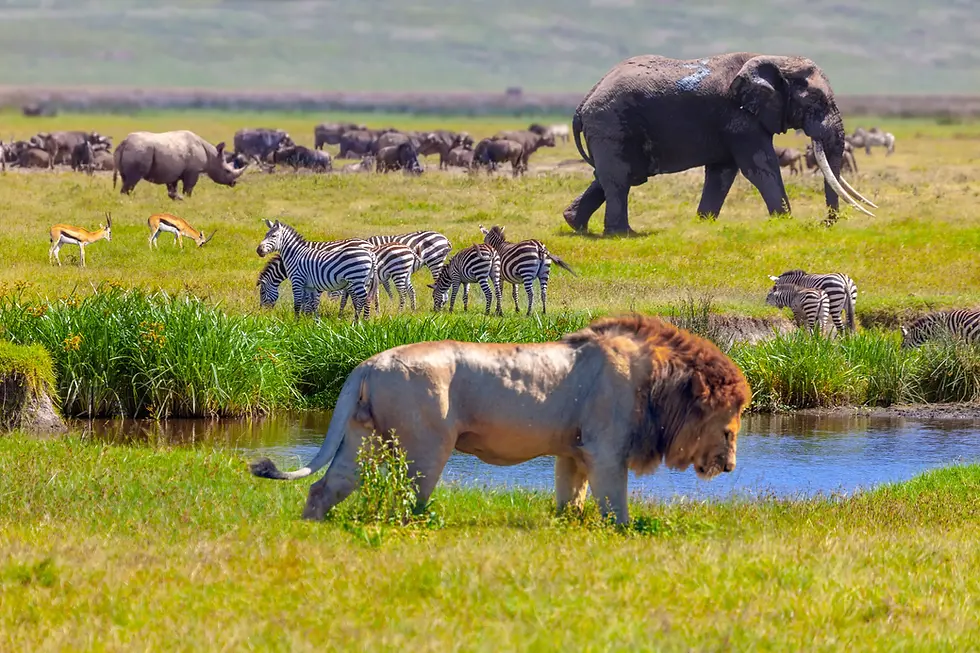The Sustainability of Agriculture: India
- Sampurna Chakravorty
- May 26
- 2 min read
Deforestation is a known aggravator of climate change. Deforestation often occurs as a result of agricultural expansion, so there has been a lot of discussion on when to conserve and when to expand. A study from India dives into this very conundrum. However, a solution is difficult as it needs to balance the consumption of everyday citizens, economic growth, and environmental concerns.
Forests in India are at risk for a multitude of reasons. The first is a lack of funding for conservation efforts. Conservation workers who are put in place to protect forest lands are often not paid enough, with lower incentives and interest in the job. Then there is the business aspect, where India increased its exports of foreign products. At the same time, food demands of a growing population increase consumption, so to meet the demands of external and internal agricultural economic growth, India has had to cut into its forests.
The lack of forest space can lead precipitation away from areas that regularly experience the monsoons. Cutting down forests often means the use of “slash and burn,” as in burning up parts of the forest to get rid of it and open up space. The process of burning releases large amounts of carbon dioxide into the atmosphere. Much of India’s existing agriculture, such as that on the Indo-Gangetic plain, depends on irrigated rainwater. The lowering of precipitation in these areas will affect their crop yield as well.
To meet these challenges and establish a better balance between the study recommends the promotion of organic farming methods, perhaps through government subsidies and other incentives, so people are compelled to adopt them. States in the Western Ghats have been able to make that transition while being an ecological keystone in India. This offers hope that other states and countries can follow suit.
Sources:




Comments